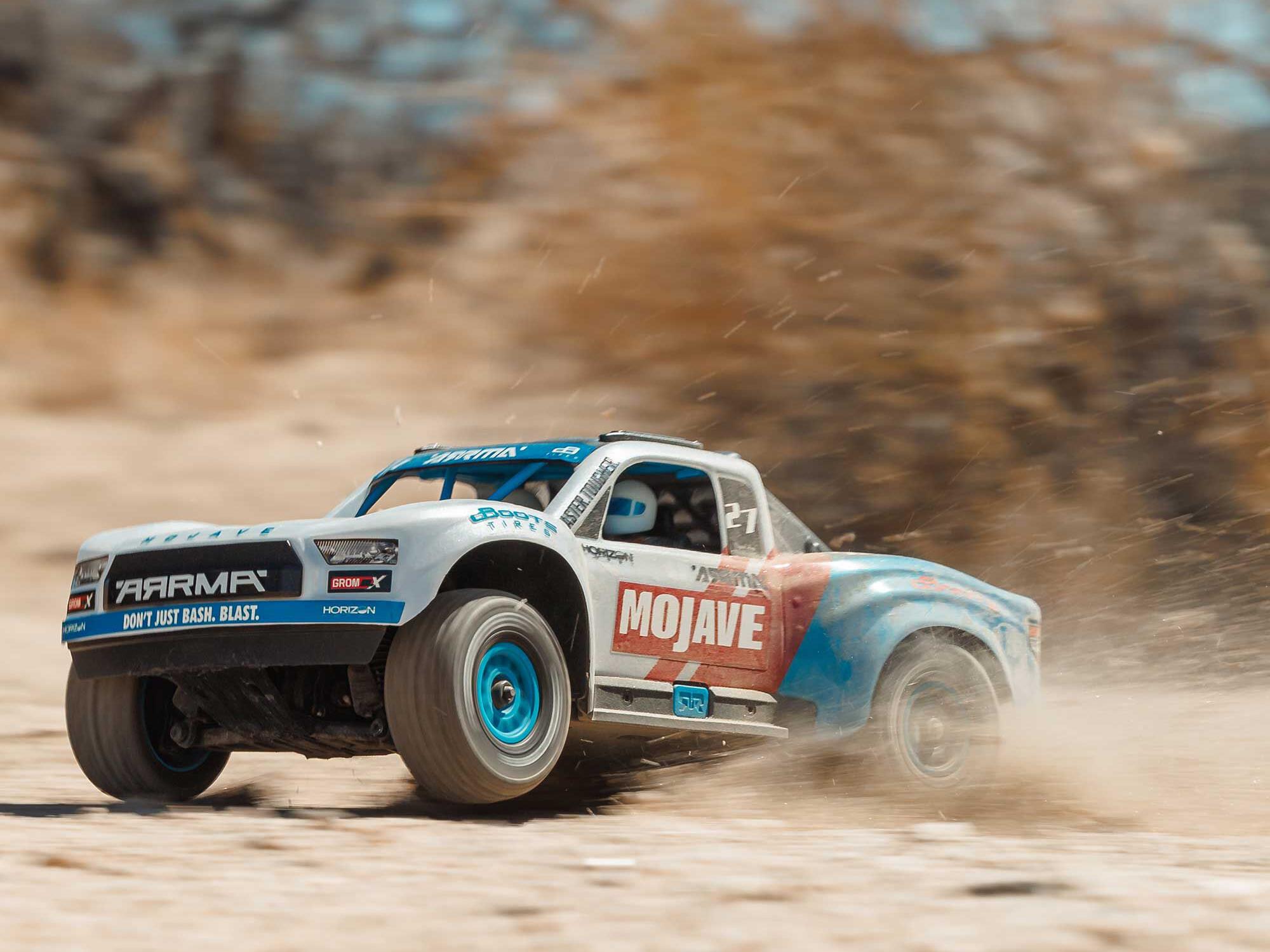The world of RC Cars can be a complete minefield these days. Over a decade ago it wasn’t so complicated. But the development of electric motor and battery technology has advanced so much since then, that there is a lot more choice available.
As in the past there are two branches of products: Electric power and Engine (fuel) power. But we will now explore the different sub branches and hopefully make the world of RC Cars clearer and more understandable.
Electric Power
A new addition to our Buyers Guide for 2024 is the Tamiya RC Kit. We have always sold Tamiya RC Kits in store and we are a big advocate of having a kit as a first RC Car rather than a Ready-to-Run (RTR) car. The main advantage of having a kit as your first RC Car is that you will have to put it together, which also means you will have the confidence to take it apart again if you need to repair it in the future. It also means that you have the opportunity to make the car individual to you as you will need to spray/paint the body shell. Tamiya are the market leaders in the RC Kit world. While they are not professional racing kits, they have a wealth of kits that aim to get new people started in the hobby or into building their first RC Car as well as those that want to relive childhood (as Tamiya still sell classic kits).
You may notice that we don’t stock as many Tamiya RC Kits compared to the RTR cars and this is because we have seen a shift over the past few years to more customers wanting RTR. This is mainly down to the fact that Kits are more expensive than their RTR counterparts. When you see the price for a Tamiya RC Kit, that is the price for the kit only. On top you will need to purchase: a battery, charger, servo and a transmitter system. These additional items – more often than not – will take the price of the kit above that of a comparative RTR car. However, we have seen an increase in interest for Tamiya RC Kits, which we hope will continue.
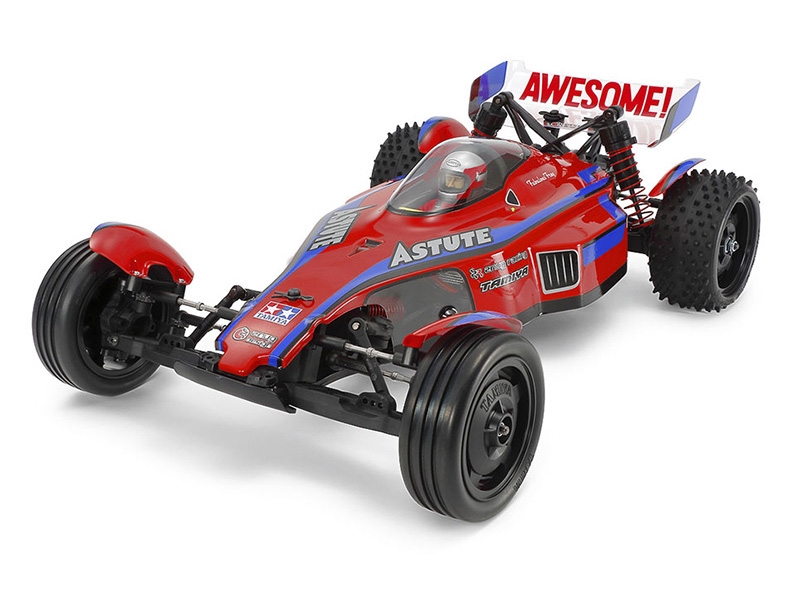
The kits are not difficult to put together. Tamiya’s instruction methodology by far the best in on the market. They do their best to ensure that nothing can go wrong, and we will be happy to show this to any customer in store. If you can put a Lego set together, then you will have no problem putting a Tamiya kit together – even their competition kits. Building a kit is an enjoyable experience, and we are seeing more customers wanting kits to build along with their children and to have a hobby that they can do together. We urge you to give one a go!
With all our Tamiya RC Kits, we offer a discounted package deal that gets you up and running with all of the electrical items. Get in touch to enquire about our Tamiya Kit Packages. If you are a seasoned Kit builder and are looking for specific kits or wanting higher spec electronics, please get in contact.
Brushed motors have been the mainstay in RC Cars since the very beginning of electric RC power. For those of you that may of had a Tamiya RC kit in the past will have used a Brushed RC Car. These days, however, Brushed RC Cars generally come with a lot more power than what they used to do.
We recommend Brushed RC Cars to anyone getting into the hobby for the first time including children (with adult supervision if under 14 years of age)! This is because Brushed RC Cars are the most cost-effective for what you get in the box – which is everything you need to get up and running. All of the Brushed Ready-to-Run (RTR) cars we sell come with the car, battery, charger* and the transmitter so there is no need to buy anything else. They are an excellent all-in-one package. Moreover, they are fully upgradable. For the majority of cars you can upgrade the motor to make the car go faster and/or if you want to bling up the car, “hop-up” options from carbon fibre and anodised aluminium are available for some vehicles.
Brushed cars are available in many different sizes/scales. 1/18 up to 1/10 are the main Brushed RC Car scales, but just recently we have seen 1/8 scale cars which used to be only for the Engine powered cars! This means there is a car to suit every running space, whether that is in the back garden or on an open field.
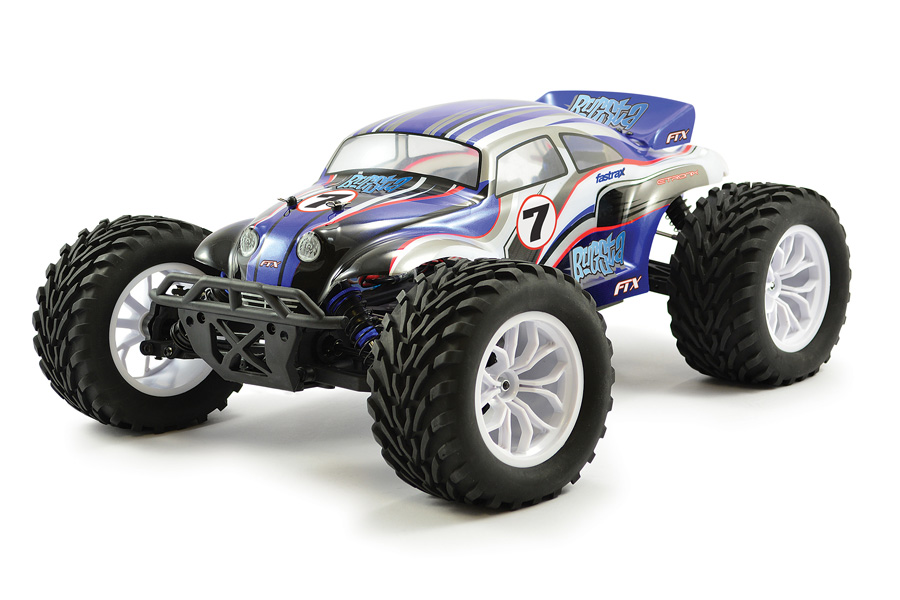
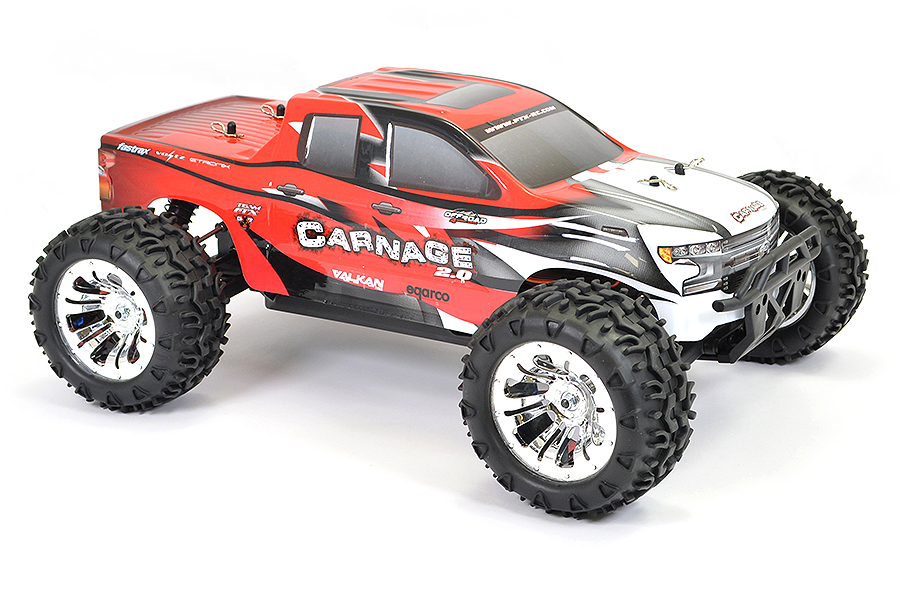
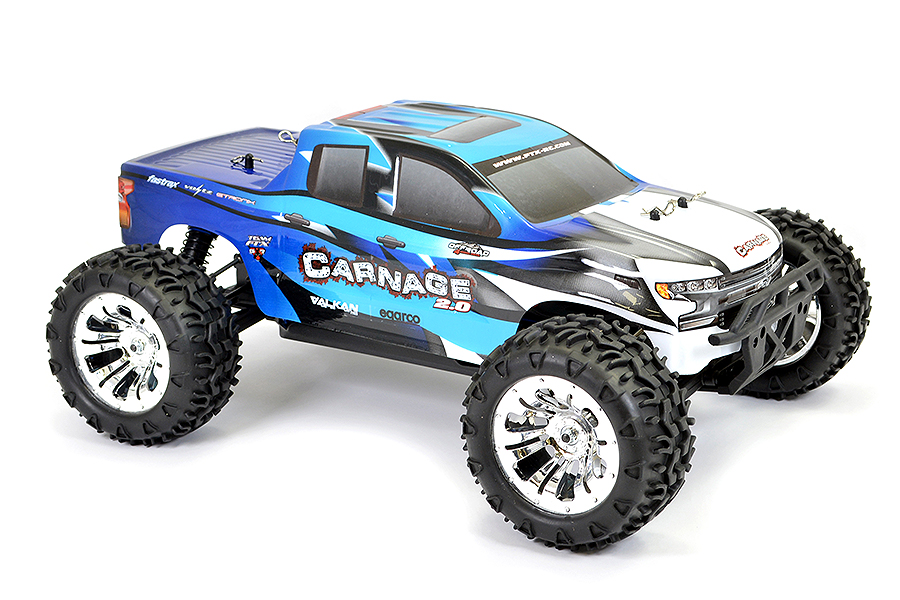
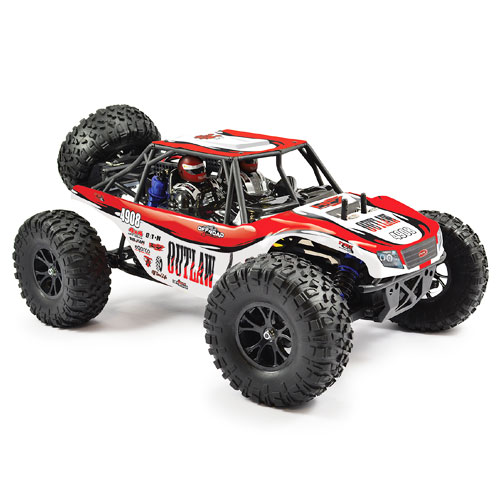
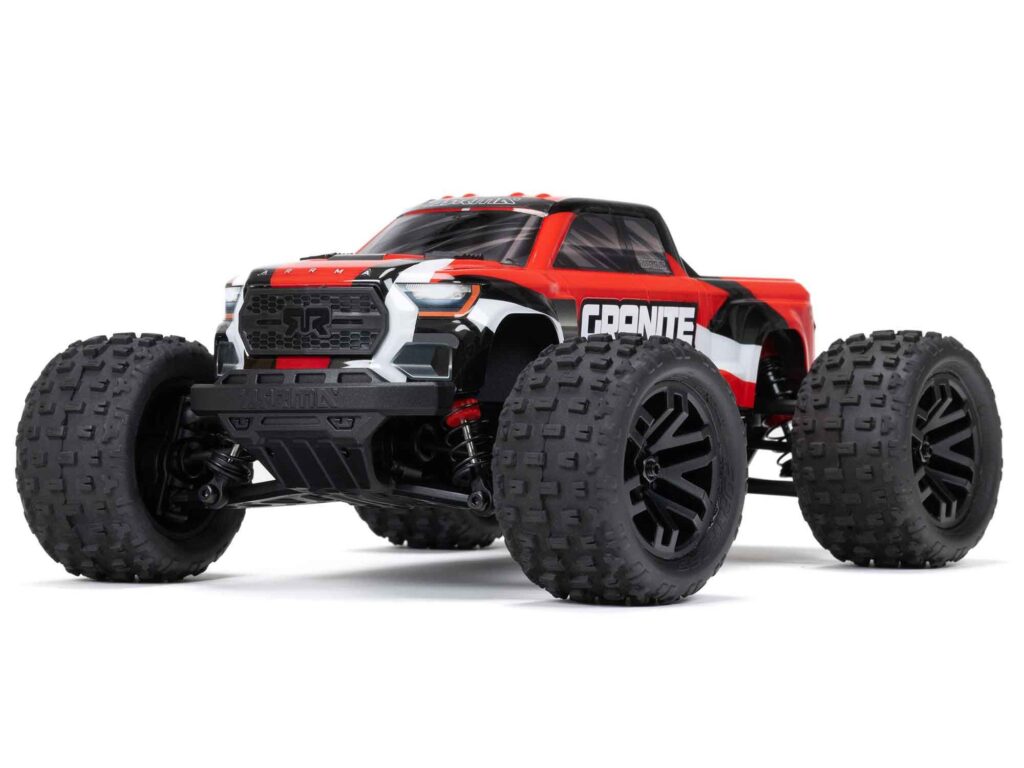
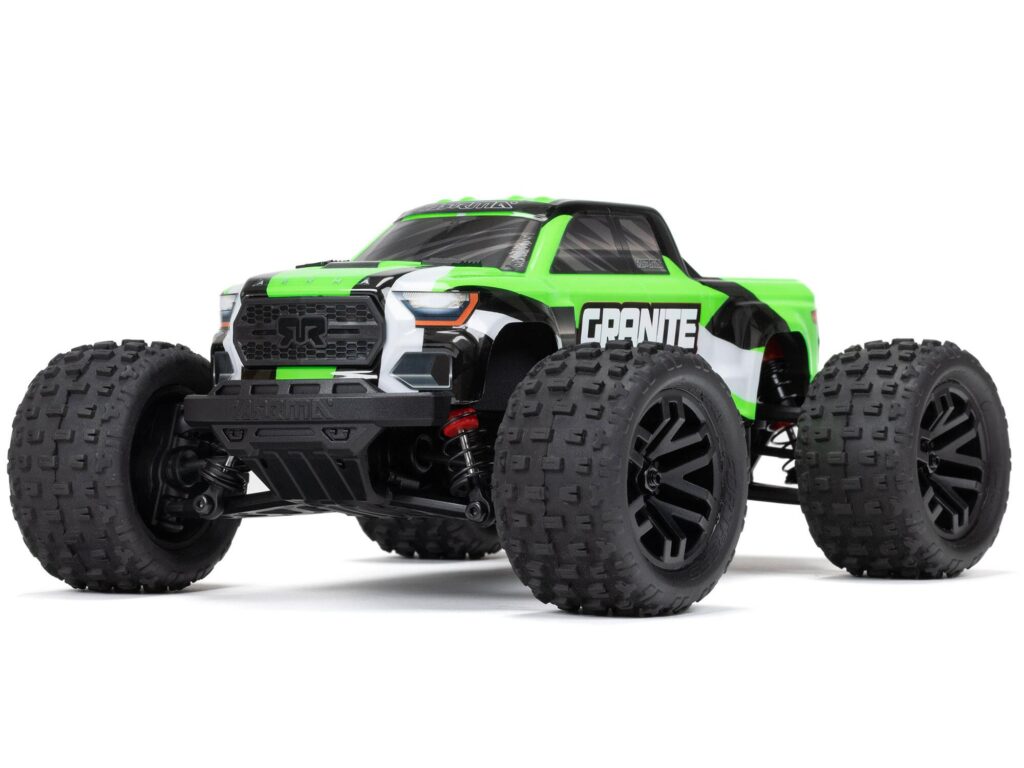
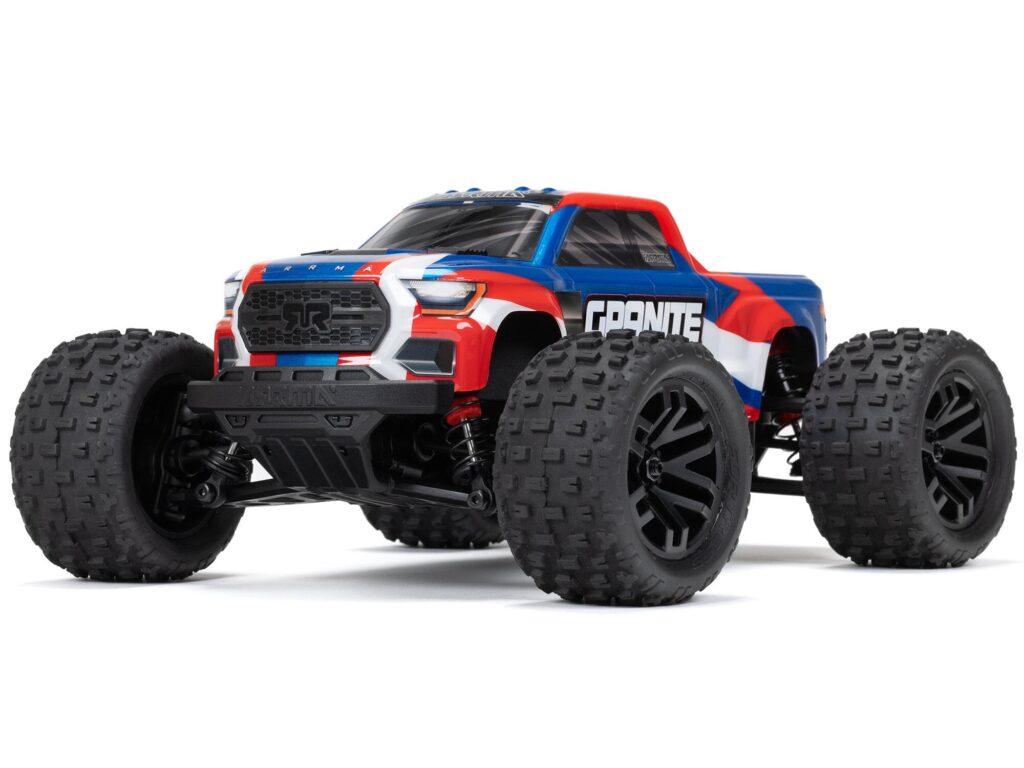

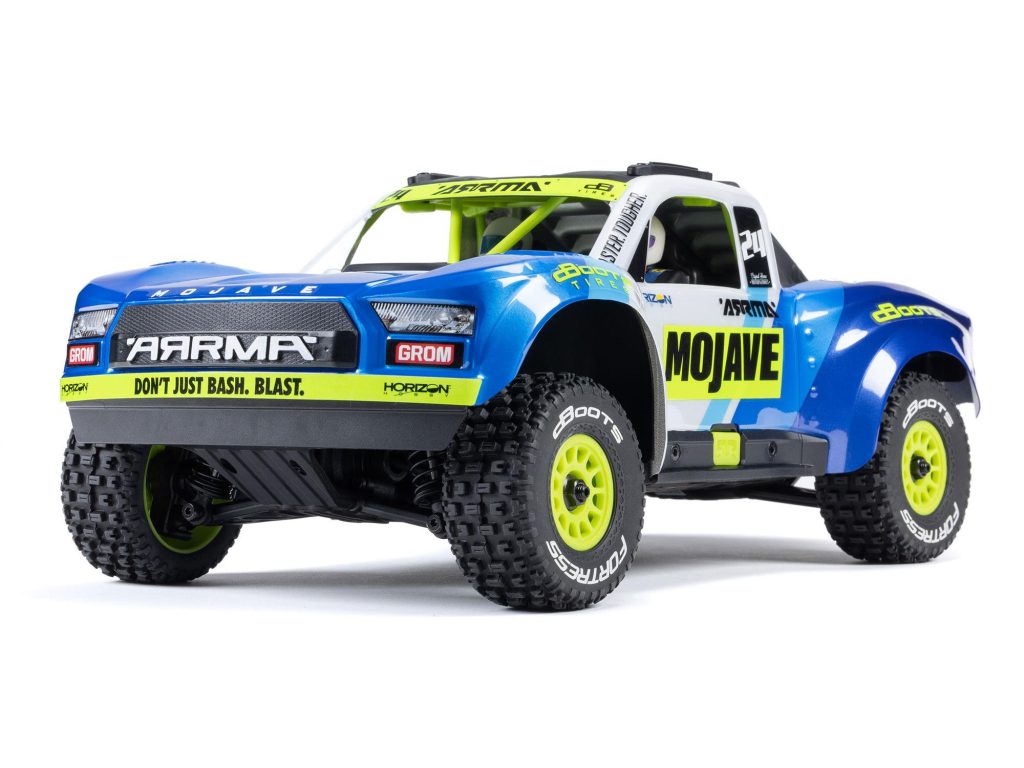
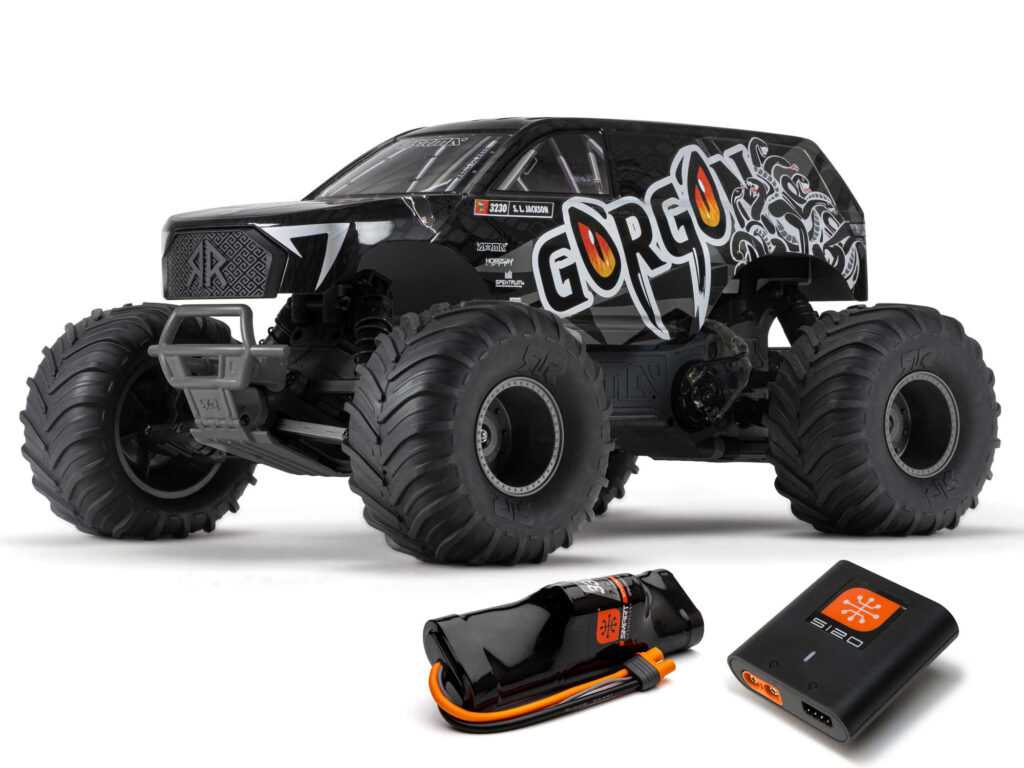
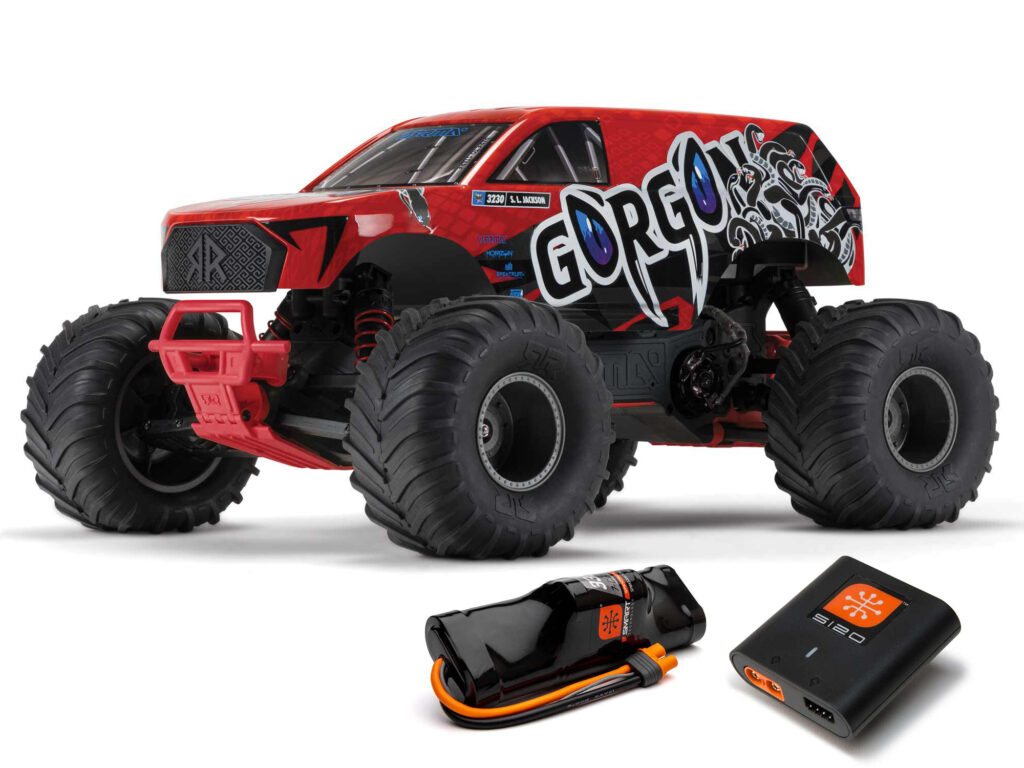
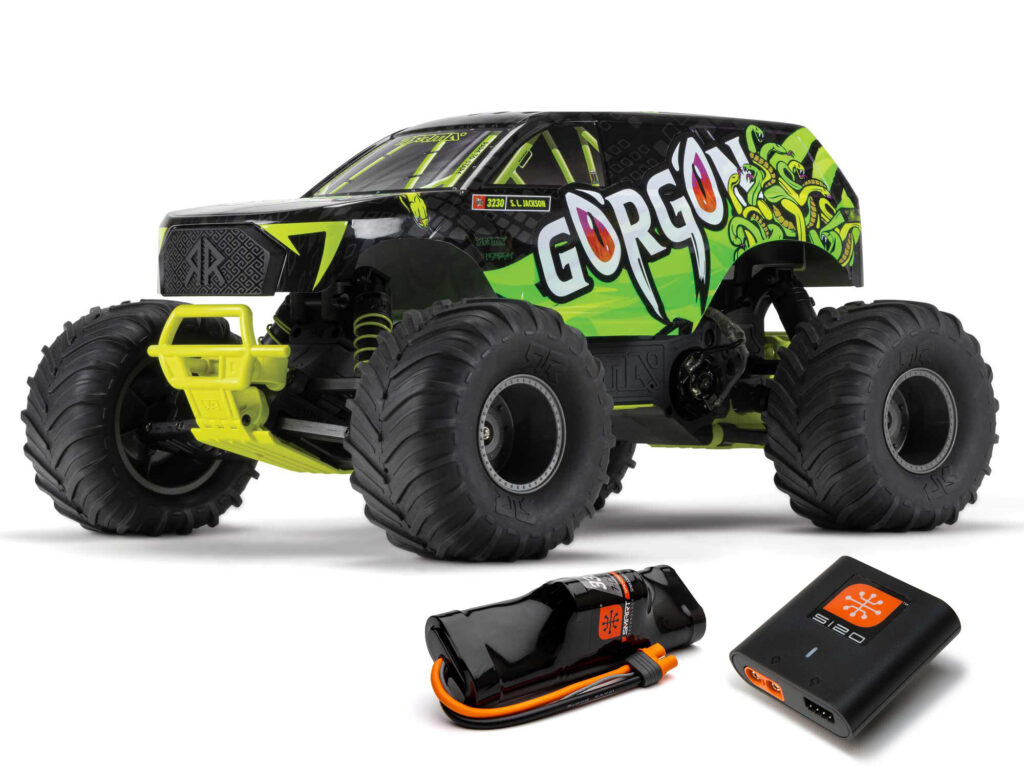
*Brushed RC Cars come with slow chargers. This means that the battery that comes with the car will take over 2/3 hours to fully charge. We do recommend that you purchase a fast charger, which will take 1 hour to charge the battery that comes with the car, but also any other additional batteries you purchase in the future. It isn’t a vital additional purchase – that is unless you can’t wait to get going!
There is another type of Brushed RC Car that is available called the Rock Crawler. We have kept them separate because they are everything that the above cars are not. They are designed to navigate rocky terrain and steep inclines. One great thing about rock crawlers is that they tend to come as either scale replicas of real vehicles, such as Land Rover Defenders et al. or close facsimiles and you can even get scale accessories for them, including fully operational winches. Don’t expect them to be fast though, to do their job successfully you can’t be going 30mph.

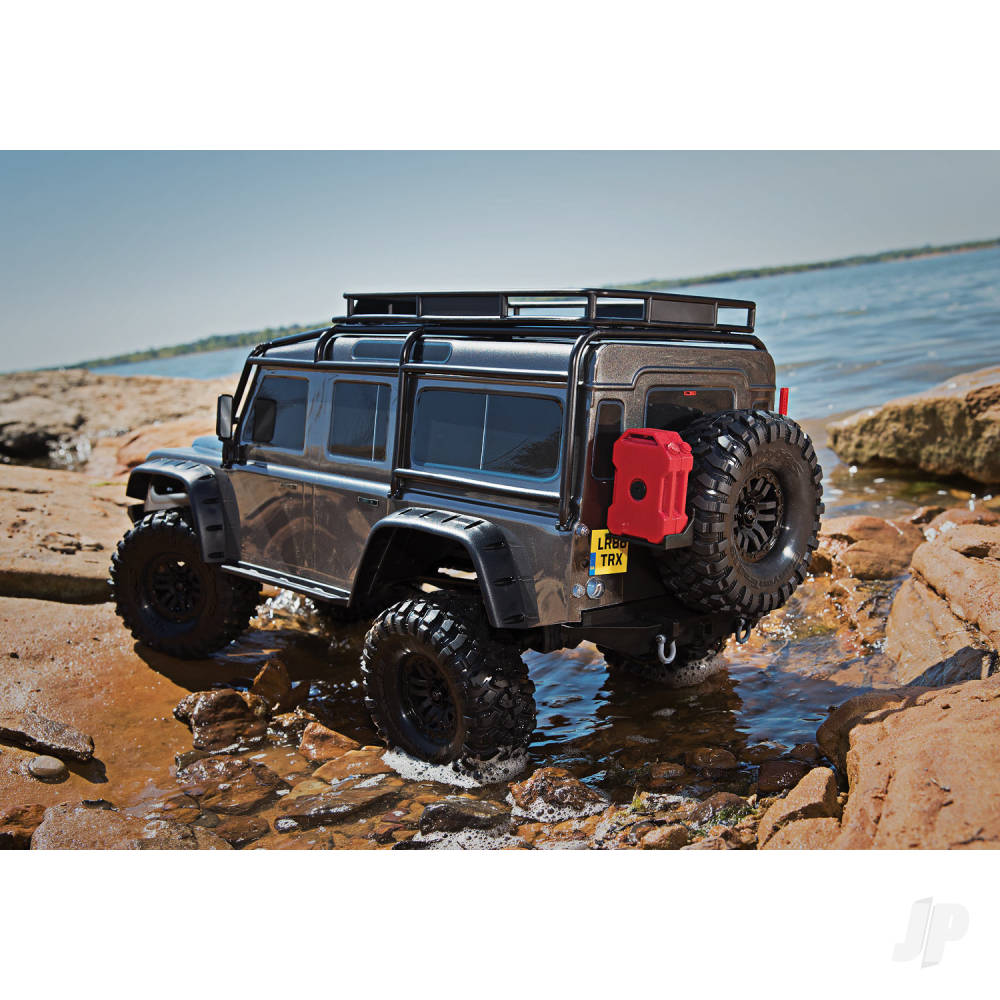
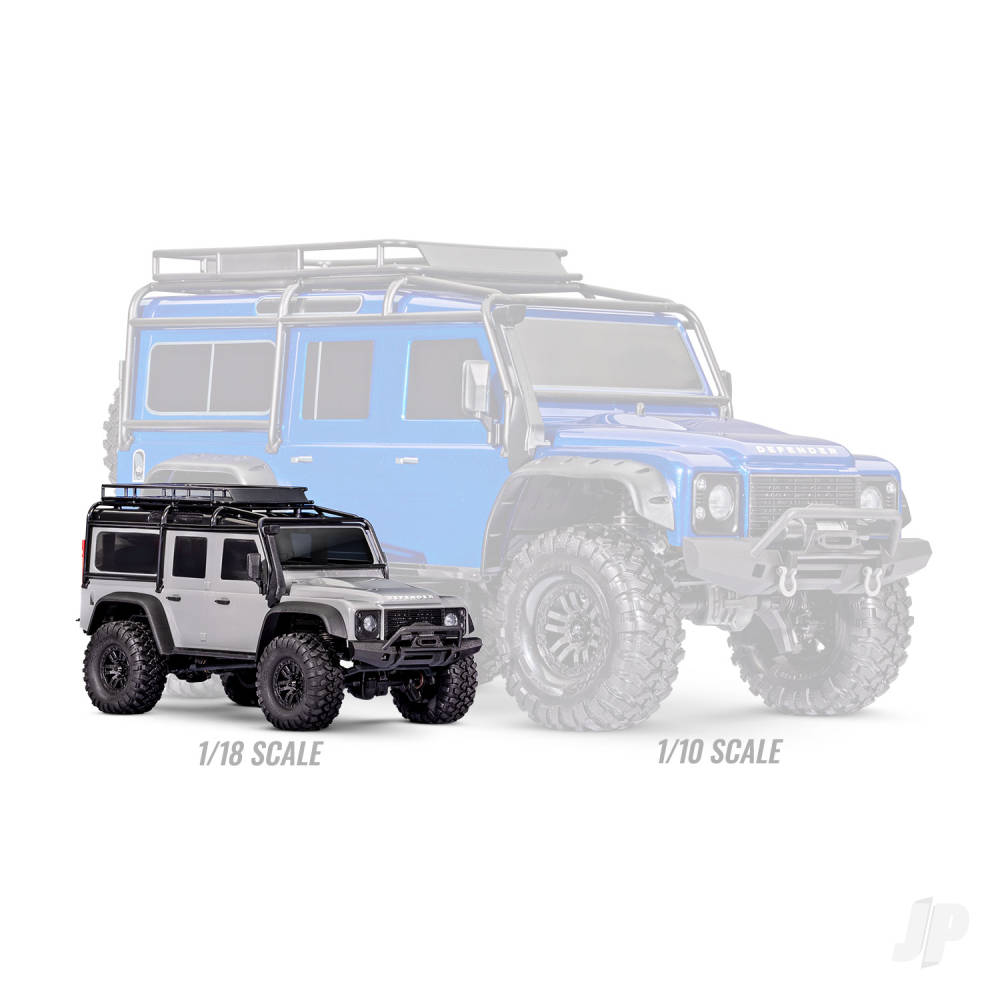
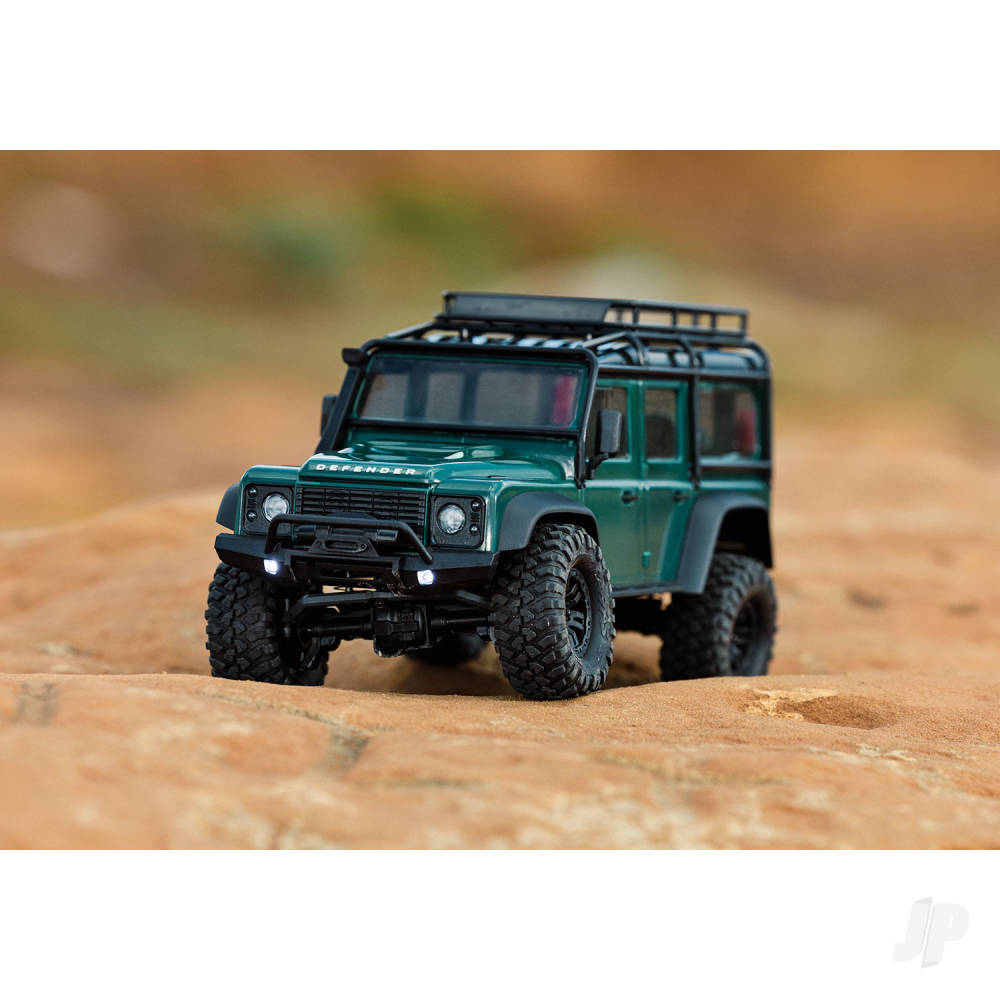
Brushless RC Cars are the product of the innovation and advancement in electric motor and battery technology. They are some of the fastest and most powerful RC Cars on the market today.
But being the fastest and most powerful comes with increased cost and safety procedures. Brushless cars, generally, are designed for someone that has had a good grounding in the hobby with a brushed car that may have been “hopped-up” with a brushless conversion. The main reason being, that 80-90% of the brushless cars on the market do not come with a battery and charger, as the manufacturers assume that you already have these. If you don’t, then they will be an extra cost to factor in. Brushless RC Cars also tend to be physically larger (1/8 scale up to 1/5 scale) leading to increased manufacturing costs due to the additional engineering involved to make sure they don’t break very easily. Having said that, the 1/10 scale cars we stock from FTX, do come fully RTR with a battery and charger and their lower price point means that they too can be a fantastic entry point into the hobby for adults and teenagers from around 15 years old and up.
You may be wondering about the ‘increased safety considerations’ mentioned earlier and with great speed comes great responsibilities. Brushless cars can be fast – breaking the speed limit on the motorway fast! So thought has to go into where the cars will be run, and to ensure no one will get in the way of them – because they will hurt! Also, all brushless cars will require Lithium Polymer (LiPo) batteries (some of them require 2, such as the 6S cars). While these batteries are more efficient and longer lasting (on average) than the batteries you find in the brushed cars, they can be dangerous if not looked after properly. As long as you: charge them after each use (and put them into storage charge for prolonged inactivity), inside a charging bag, away from the house and continually supervised – which is what we recommend to anyone buying a Brushless RC Car from us – you shouldn’t have a problem with them. But if you have any concerns or have any questions about LiPo batteries when purchasing an RC Car, please don’t hesitate to ask.
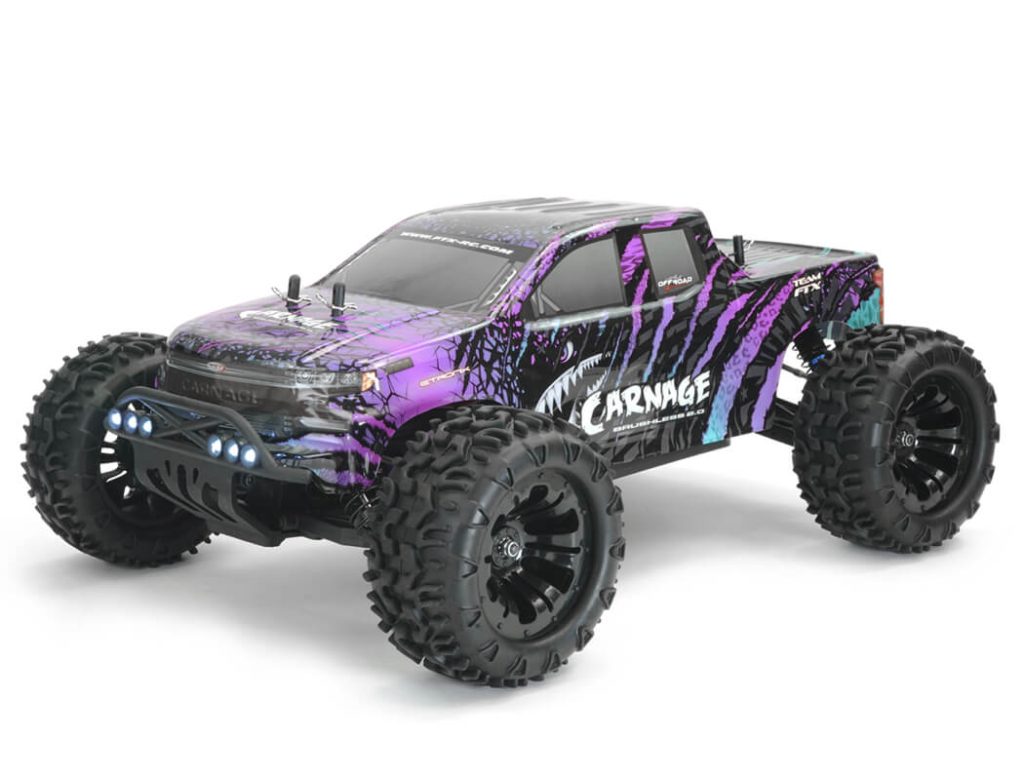

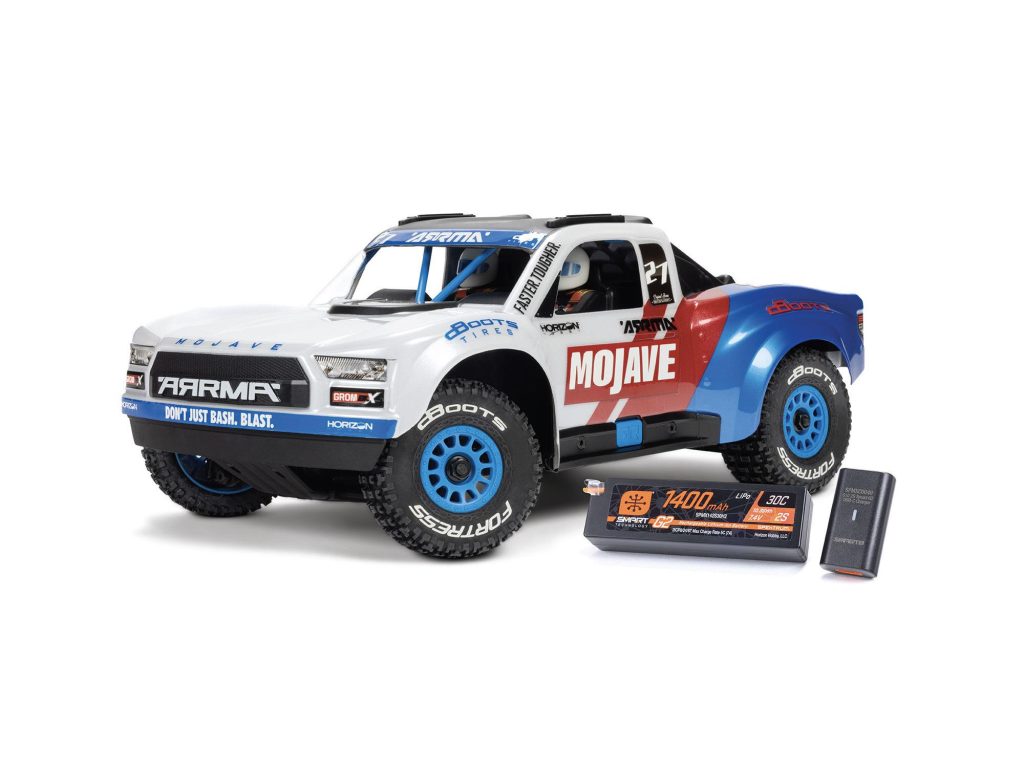
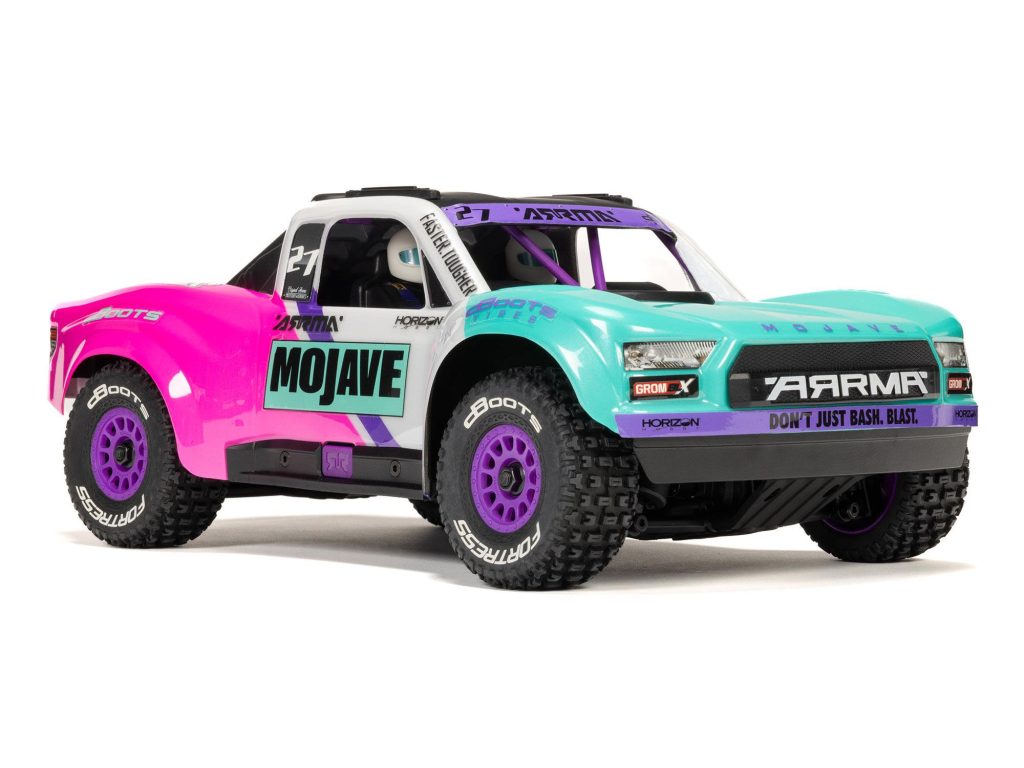
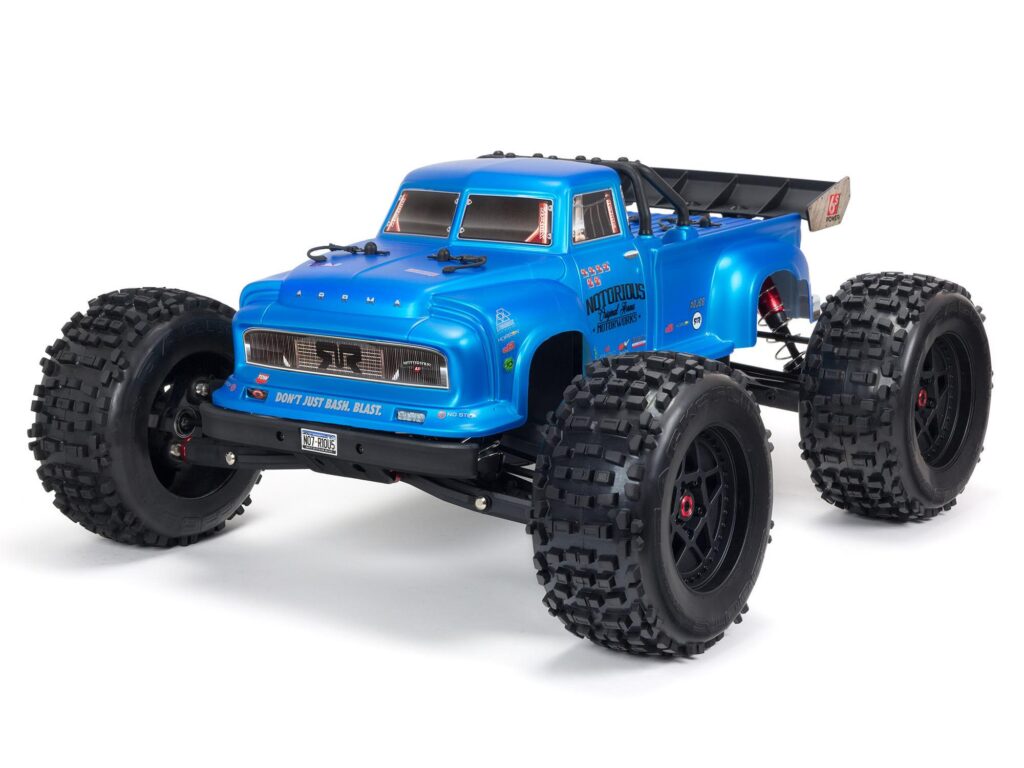
Engine Power RC Cars
There are two types of fuel used for Engine Powered RC Cars: Nitro and Petrol. You mustn’t get them confused as they are completely different. Petrol cars use 2 stroke trimmer style engine around 26cc and above, whereas a nitro car uses a Nitromethane based fuel that you buy from a model shop. Also petrol cars tend to be 1/5 scale and above, where as nitro cars are 1/10 – 1/8 scales, so there is a considerable size difference.
Nitro cars were once the fastest cars on the market when brushed motor RC Cars were their main competition. However since the explosion of the brushless era, the popularity in fuel powered cars has dwindled considerably. Not only are they slower (generally speaking), but: the engines can be temperamental and patience is required to get them set up correctly (while they are generally set up straight from the box, different ambient temperatures and conditions will cause running issues), they are a lot noisier, oily and have an unpleasant smell (to some). Nevertheless, if you are a person that loves to “tinker” or have a willingness to learn about engines, don’t mind getting oily and spending a few minutes getting the engine set up before having some fun, then these types of cars are worth considering.
We don’t recommend these types of RC Cars to children of any age due to the: fuel, the hot temperatures of the engine and also the fact that they aren’t always instant fun (unlike electric cars where its plug and play).
Over the past few years, we have seen a large decrease in popularity and interest for nitro cars. Due to this, we no longer keep nitro cars in stock consistently throughout the year. However, we do try to keep at least one in stock during the festive period.
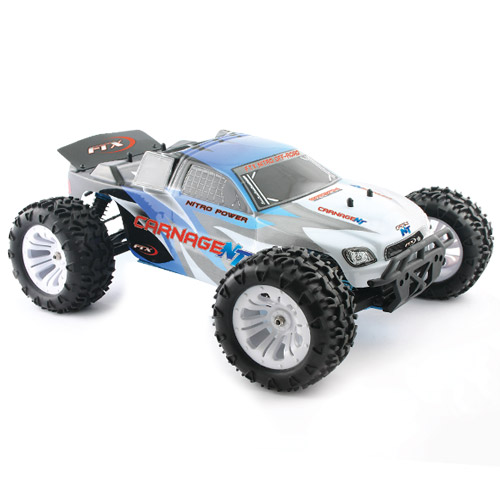
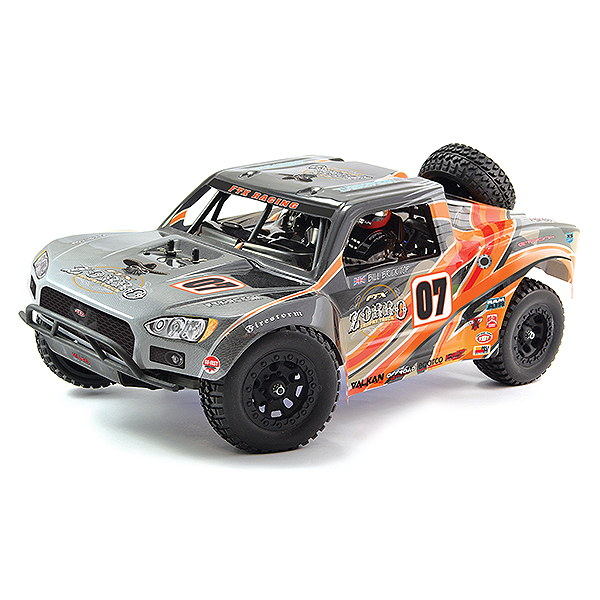
One Final Thing…
One of the biggest considerations when buying a car, either as a gift for someone else or yourself, is: Where will it be run?
Will it be used in the back yard, down the local green/park, car park, a local farm field, skatepark, BMX track or in your street [not on a main road] etc? Are you willing to travel to one of these destinations?
One thing not mentioned above above is the argument for on-road vs. off-road because that is down to where the car will be run. On-road cars can only be run on flat-ish surfaces such as pavements and roads, but you can also use them on dirt tracks, BMX tracks and some skate parks. Whereas off-road cars can do all that plus everything and anything else such as jumps, backflips and much more!
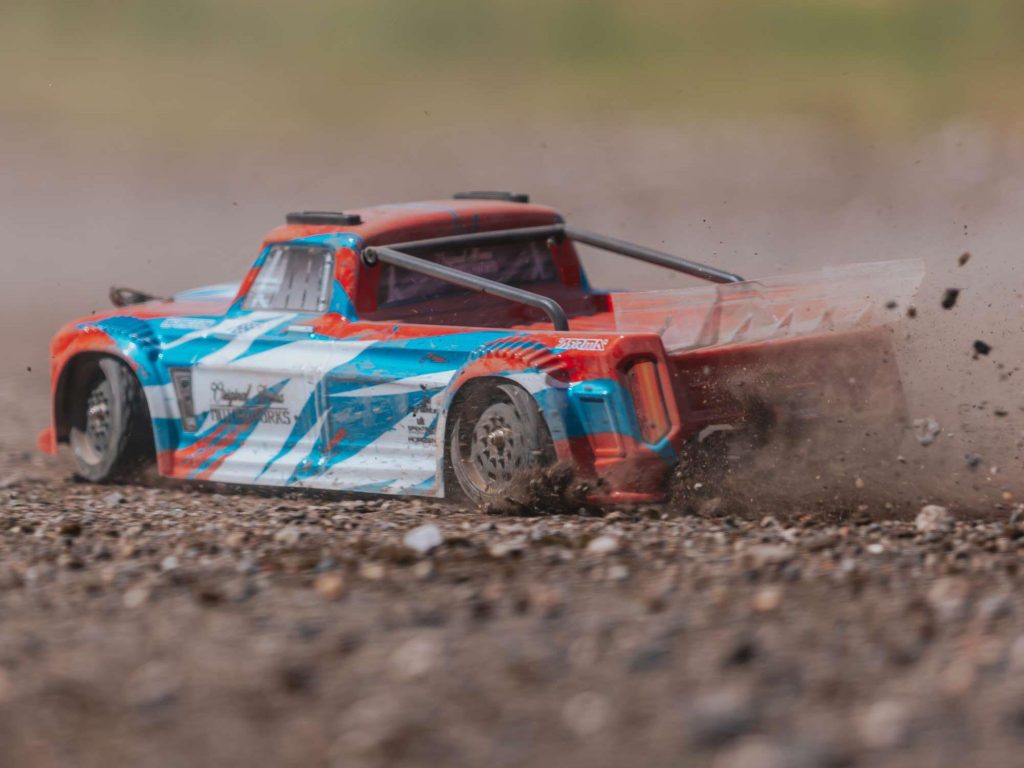
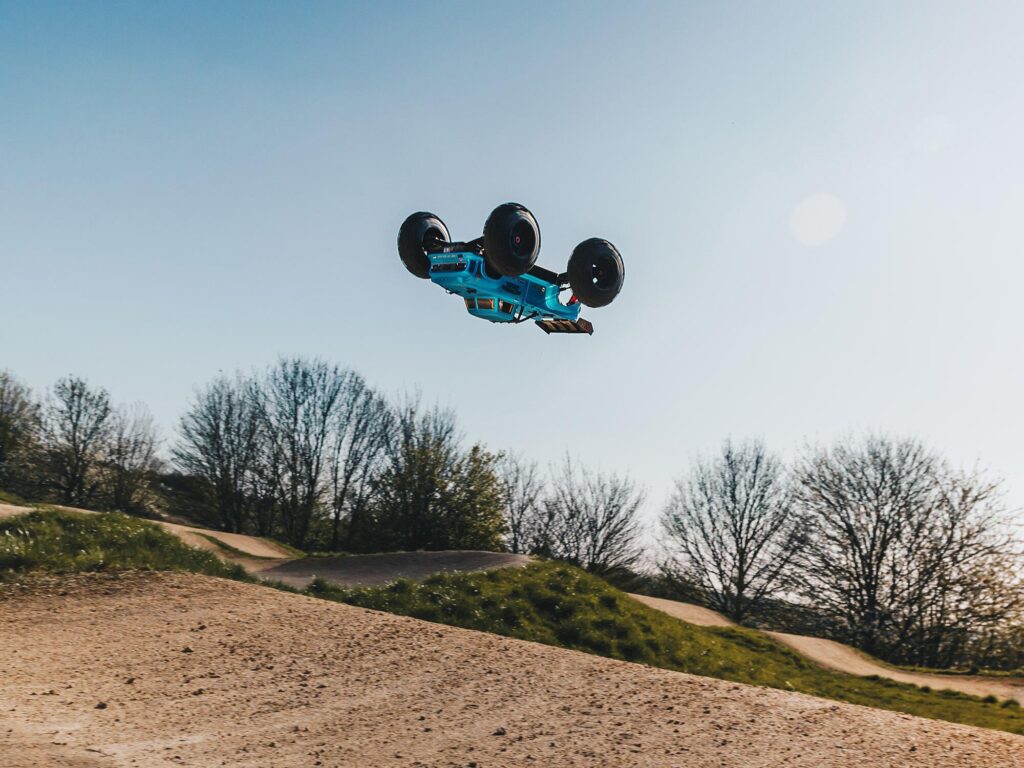
You may be thinking that off-road has got to be the only sensible route as they can go everywhere and do anything. But on-road cars do have some benefits over off-road cars. If your main aim is to go as fast as possible, then on-road is the way to go (the current World Record is now over 200mph for an on-road car and just over 100mph for an off-road car). Their lightweight and compact nature enables a lower centre of gravity, a more aerodynamically friendly body-shell assists in getting top speeds, the smoother nature of the running surface means less wear and tear, and they tend to be cheaper too – in the beginning at least.
We hope this basic guide has provided you with some information about the world of RC Cars and answered a few questions you may of had. If there are still any unanswered questions you have or want to know more information about a particular car or cars, please get in touch!

